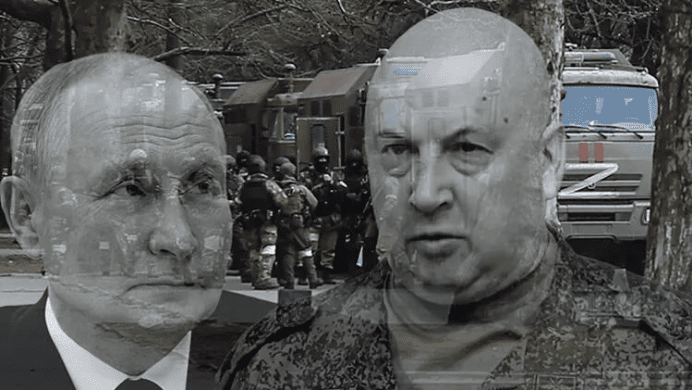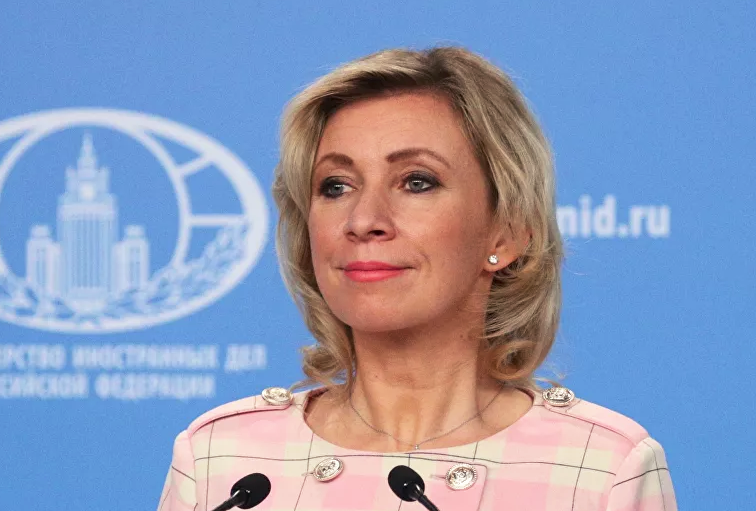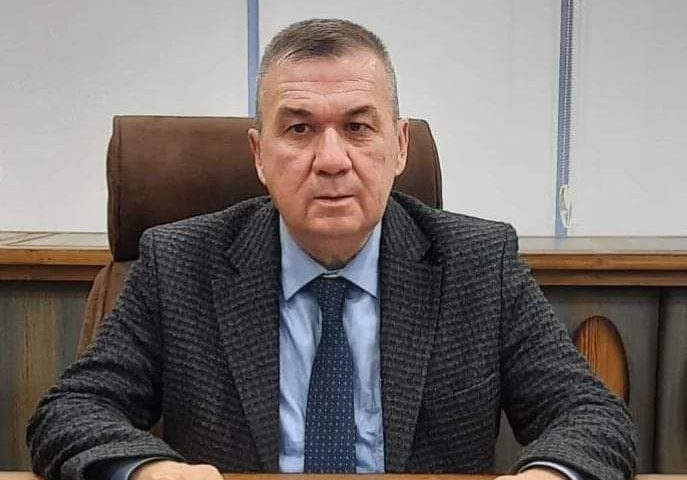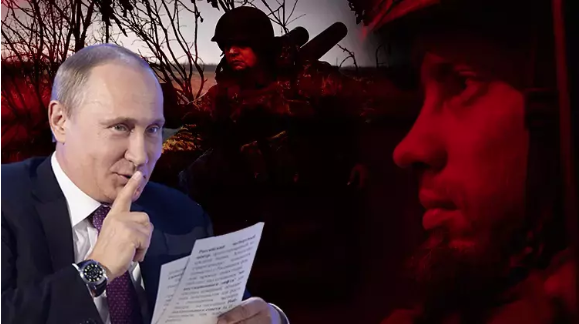Russia has announced its withdrawal from Kherson in southern Ukraine, the only regional capital it has been able to seize since the invasion began in February. Is this a real step back or a tactical trap? What does Russia’s move in Kherson mean for Ukraine, for peace?
As the war in Ukraine continues at full speed, Russia has taken a step that stunned the world. In the occupation that started in February, Russia decided to withdraw its troops from Kherson, the only regional capital it holds.
General Sergey Surovikin, the commander of the Russian forces in Ukraine, announced the decision to withdraw, stating that it was no longer possible to hold the supply lines and therefore the city had to be abandoned. Surovikin also announced the decision in a videotaped meeting with senior commanders.
“Under these circumstances, the most meaningful option is to organize a defense line along the Dnieper River,” General Surovikin said in a statement broadcast on Russian state television.
KHERSON IS IMPORTANT FOR CONNECTING TO THE CRIMEAN PENINSULA
In recent weeks, Ukraine’s counter-offensive has slowed down, but attacks on supply routes continue unabated. The bridge over the Dnieper River, where Russian supply lines cross, was hit by Ukrainian long-range missiles, making it difficult to resupply forces in the city.
The announcement of the decision by Defense Minister Sergei Shoigu himself led to comments that Russia had accepted defeat on the Kherson front.
One of the four Ukrainian regions annexed by Russian President Vladimir Putin in September, Kherson is also important for the water canal connecting it to the Crimean Peninsula, which was annexed in 2014.
So what does Russia’s withdrawal really mean? Is the Kherson retreat a tactical operation or a consequence of the conditions in which the Russian army is stuck?
1) WHAT LED TO RUSSIA’S WITHDRAWAL?
It all started when the Ukrainian army hit the Antonivka Bridge in Kherson, which is critical for Russia.
The Antonivka Bridge, which is located at a critical point for resupplying the region, was hit by Ukrainian forces with HIMARS missiles. Ukrainian forces, which have been carrying out non-stop attacks against Russia’s supply columns in the region since July, have squeezed Russian forces inside the city.
Advisor to the Ukrainian President’s Office Mikhail Podolyak said after the bridge was targeted, “The occupiers should learn to swim across the Dnieper River or leave Kherson while it is still possible. There may not be a third warning.”
In August, Sergey Helan, a member of the local parliament of the Kherson region, told Ukrainian television that the withdrawal of Russian forces would not be as easy as they thought.
“The only way for the invaders to cross the river is to use the mobile floating bridges near the Antonivka Bridge, but they will not be enough,” he said:
“Russia is moving its command center from the right bank to the left bank of the river because it knows that in the event of a mass offensive it will not be able to evacuate the area in the required time. They have about 20,000 troops on the opposite bank of Kherson, who can use the bridges on foot.”
In short, the Russian army was forced to leave the region due to the Antonivka Bridge being hit and problems with supply lines.
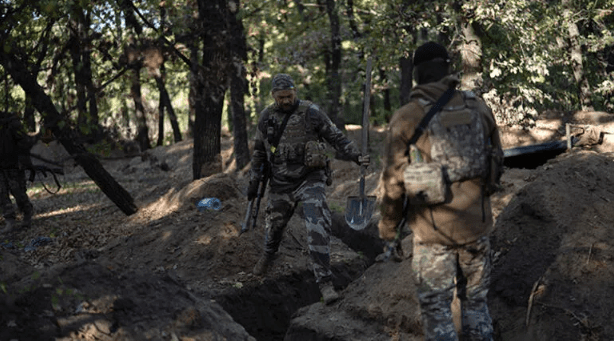
2) IS THE WITHDRAWAL A TACTICAL MANEUVER?
Russia’s “surprise” decision to withdraw is met with skepticism by the Kiev administration. Evaluating the latest move of Russia, which has not withdrawn without a fight since the beginning of the war, Ukrainian President Volodymyr Zelensky said in his address to the nation that they are acting very carefully in this process.
“The enemy does not give us gifts,” Zelenski said, adding, “The enemy does not show us goodwill. We must win on our own,” he said, adding that they are acting with minimum risk.
President Zelensky’s advisor Mikhail Podolyak, on the other hand, stated that there were skillfully prepared traps in the background of the withdrawal maneuvers of the Russian forces, so a concrete withdrawal maneuver may still not have been carried out.
‘NEW REINFORCEMENTS MAY BE BEING DISPATCHED TO THE REGION’
Podolyak also stated on his social media account that Russian troops remain in the city and that actions speak louder than words, and continued:
“The Russian Federation wants to make Kherson a “city of death”. During the retreat they are covering the whole city with mines. The left part of the city is already being devastated by artillery fire.”
One of Zelensky’s advisers, former head of military intelligence Oleksiy Arestovich, remained optimistic but cautioned that the news of the withdrawal should be treated with caution.
Arestovic said that Russian forces seem to be leaving the region, “It is very difficult to say whether there is a complete withdrawal. New troops may be reinforced in the region. The Russians are destroying bridges and digging roads as they retreat. We don’t know their intentions at the moment. It is unclear whether they will fight us or try to retake Kherson. But it is clear that they are moving very slowly.”
3) WHY IS THE KAHOVKA DAM SO IMPORTANT FOR BOTH SIDES?
From the moment Ukrainian forces halted the Russian advance in Mikolayiv, one of the regional capitals, in the spring, Russia has been struggling to strategically establish defensive positions. However, the Kremlin wanted to defend the city of Kherson at all costs to prevent Ukrainian forces from getting any closer to Crimea. The Ukrainian Armed Forces launched a three-month plan to weaken Russian activity in the region and began striking critical targets with US-made HIMARS missiles. Ukraine then shifted its target to strategic bridges.
As a result of the relentless attacks, it was frequently mentioned by military experts that Russia has been working on exit plans for the last month in order to avoid major casualties due to the inadequacy of its supply arms in harsh winter conditions.
As Zelenski’s advisor Mikhail Podolyak pointed out, in the last month Russia has begun to calculate the greatest damage it can inflict while retreating. It is even possible that Russia could blow up the Nova Kahovka dam and flood the city of Kherson during the withdrawal operation.
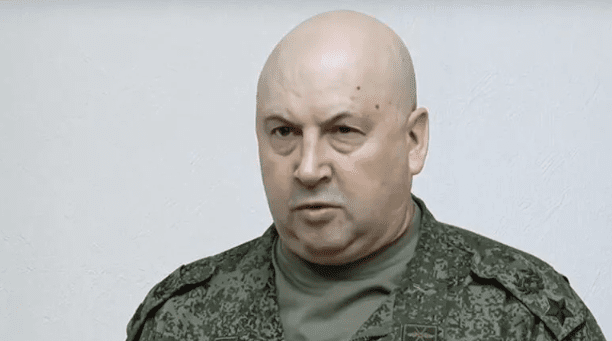
ZAPORİJYA NUCLEAR POWER PLANT MAY BE IN DANGER
The effects of a possible attack on the Kahovka dam, which is now under the control of Ukrainian forces, could go far beyond predictions.
First and foremost, an attack on the dam could severely damage Ukraine’s energy lines. Clean water basins in the region could also be affected. More importantly, such an attack could pose a grave threat to the nearby Zaporizhia Nuclear Power Plant.
In his statement the previous day, Zelenski emphasized the importance of the Kahovka Dam. A possible attack would flood the surrounding area, the Ukrainian president said, and more importantly, the reservoir area built to cool the reactor at the Zaporizhia Nuclear Power Plant would be damaged by the attack.
Zelenski warned Russia that if the cooling process could not be carried out, the reactor would melt down and cause a catastrophe:
“Such an attack would mean that you have declared war on the whole world. Really think about what will happen to you then!”
Due to the critical importance of the Zaporizhia Nuclear Power Plant, Ukrainian troops are primarily interested in securing the area around the dam.
4) DID THE GENERALS AT THE FRONT SUCCEED IN CONVINCING PUTIN?
Mark Galeotti, an academic and author of research on Russia and Putin, evaluated the sudden retreat. Galeotti claimed that Marshal Zhukov, the Soviet Union’s commander who defeated the Nazi armies in World War II, put into action the “maskirovka” plan to deceive, trick and ultimately trap the enemy.
In this strategy, Marshal Zhukov deceived and blindsided the enemy by making the Soviet forces look incapable, constantly retreating, underestimating the number of troops and creating a climate of “defeat”.
Referring to Russian military strategies, Galeotti suggested that there was a secret plan in place.
He told BBC Radio 4 that the withdrawal from Kherson was a militarily correct strategy and a kind of proof that the generals on the front line were finally starting to guide Putin in the right direction, albeit at a “micro” level.
“If this happens, it could pave the way for the fighting generals to make the best tactical decisions in isolation from politics,” Galeotti said:
“The only thing we don’t know is whether this is limited to one time. Did the generals persuade him after the squeeze, or was there a new shift between the military and the leadership? Is Putin really willing to let his generals on the ground take charge of the war?”
Galeotti argued that the masterfully prepared retreat would have many important advantages for Russia and that the Russian army would create a strong defensive line along the Dnieper River.
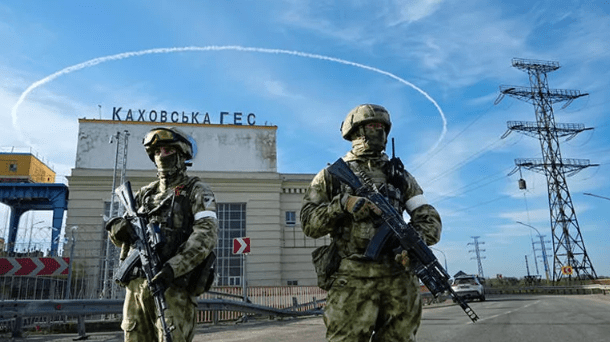
5) IS RUSSIA PREPARING FOR URBAN WARFARE IN KHERSON?
Western experts discussing the context of Russia’s withdrawal maneuver have revealed that plainclothes troops remain in the city and preparations are being made to start urban warfare.
Just two days ago, Ukrainian generals said that Russian troops in civilian clothes had been deployed inside houses in Kherson and were “strengthening their positions for street battles”.
Experts said that the Russian troops were in fact acting within the framework of a military plan and claimed that almost every part of the city was surrounded by mines with traps. Therefore, the Ukrainian General Staff said that the exact situation on the ground is unclear and that they are determined to take cautious steps.
‘TROOPS IN KHERSON TO BE REORGANIZED’
Military expert Alexei Leonkov told the Russian newspaper Izvestia that the current task of the withdrawing Russian troops is to defend the eastern front. However, he added that the 115,000-strong contingent could be withdrawn to other locations, and continued:
“The troops that are there to defend Kherson will probably be reorganized. This is because the troops are doing their best to hold on to their defensive positions despite inadequate supplies due to problems in the supply columns. In order not to lose any personnel due to these problems, the decision to leave the region was quite appropriate.”
6) HOW WILL THE WITHDRAWAL CHANGE THE COURSE OF THE WAR?
In September, more than 6,000 square kilometers of territory was retaken from Russia after the Ukrainian army launched a counter-offensive. At the time, the Russian public opinion was already feeling the impact of the defeat both militarily and politically, and the possibility that the Russian army might be defeated was beginning to be talked about.
It is quite remarkable that the retreat from Kherson did not show the slightest demoralization. So much so that Russian officials, who had criticized the army for previous retreats, congratulated General Sergey Surovikin after the latest maneuver.
According to TASS, Surovikin’s decision was praised by many. Chechen President Ramzan Kadyrov and Yevgeni Prigojin, the owner of Wagner, a company of mercenaries, said the retreat saved lives and preserved the army’s fighting power.
UKRAINE WILL LOOK FOR OTHER OPPORTUNITIES TO KICK THE RUSSIANS OUT OF THE SOUTH!’
On the Ukrainian front, preparations are underway for Kherson. Ukrainian forces, which are expected to put pressure on Kherson in the coming days, are making plans for the new situation.
Ukrainian officials have warned that Russia may launch continuous artillery attacks on Kherson from its fortified positions on the eastern bank of the Dnieper River. Most importantly, they said, Moscow plans to turn it into a “city of death”.
“It is unlikely that the Ukrainians will launch a large-scale offensive on the eastern bank of the Dnieper any time soon,” retired Australian Army general Mick Ryan said yesterday.
“There will be intense attacks on Russian defensive positions in and around Kherson,” he said, adding that Ukrainian troops would try to demoralize the Russians and look for other opportunities to drive them out of the south.
‘BOTH SIDES WILL BEGIN OFFENSIVES NEXT SPRING’
Russian troops still control large swathes of territory in southeastern Ukraine and the eastern regions of Donetsk and Luhansk, including a vital land route linking them to the Crimean Peninsula, which they seized in 2014.
Although the pace of fighting has slowed with the onset of harsh winter conditions, both sides will launch new offensives next spring. Experts believe that for the time being Russia wants to stay in its defensive positions for as long as possible.
article translated from Turkish: https://www.hurriyet.com.tr

